Germany is a popular travel destination that has so much to offer in terms of food, art, and culture. Located in Western Europe, Germany is widely known for its castles, museums, art galleries, festivals, and sausages, to name just a few! Let’s read about The Gorgeous German Flowers.
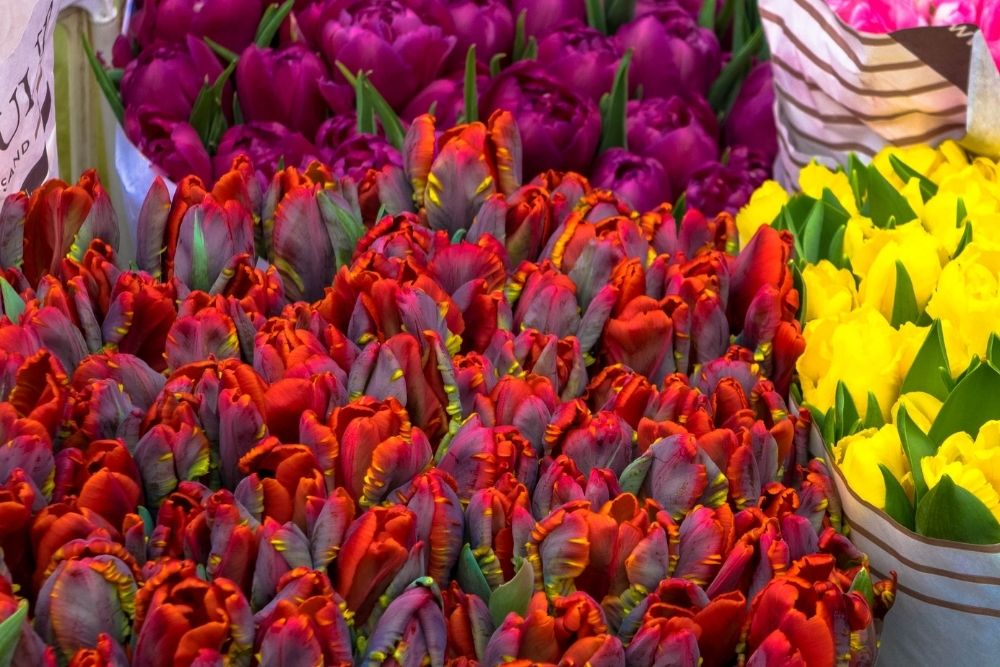
However, something that often goes underappreciated or unexplored by tourists is Germany’s natural beauty. There are many parks and botanical gardens in Germany where you can find some of the country’s most vibrant native flowers as well as non-native flowers that have become commonplace.
Read on to learn about the top 8 native flowers in Germany and 22 other flowers that are widespread throughout the country.
Native German Flowers
1. German Chamomile (Matricaria Recutita)
Given its common name, it should come as no surprise that German Chamomile is native to Germany. Interestingly, German Chamomile is also known as Hungarian Chamomile because it’s also native to areas of Eastern and Southern Europe.
German Chamomile has many uses, from treating respiratory irritation to flavoring in food and drink.
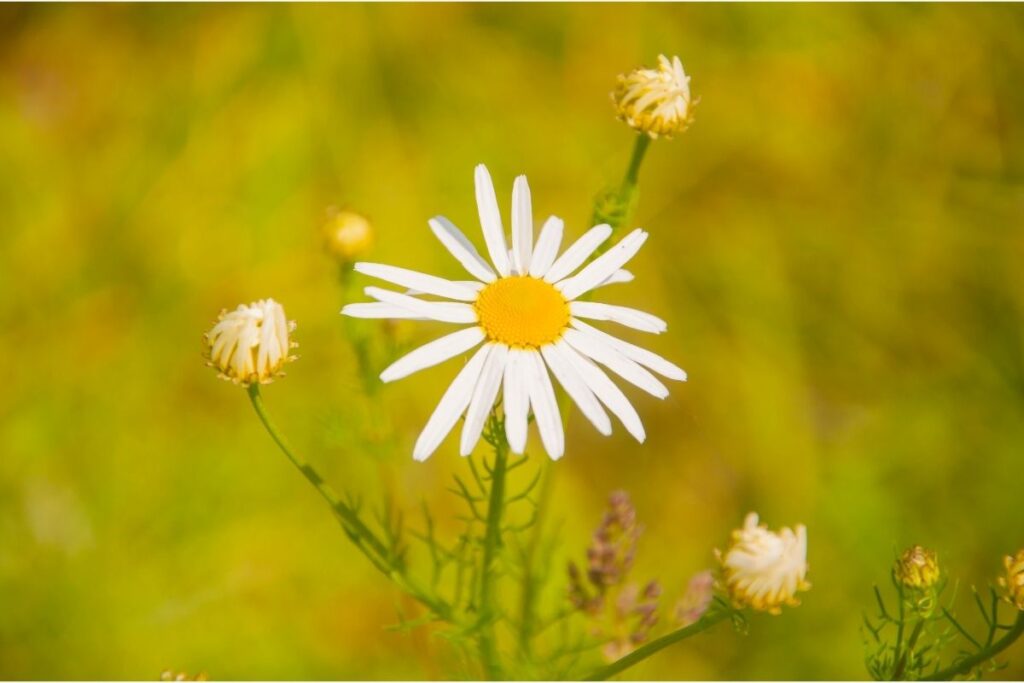
2. Cornflower (Centaurea Cyanus)
Did you know that the Cornflower is the national flower of Germany? Well, now you do! Cornflower is easily identified by its vibrant blue color. This flower is so named because it was originally found growing in cornfields, where it was considered to be a weed.
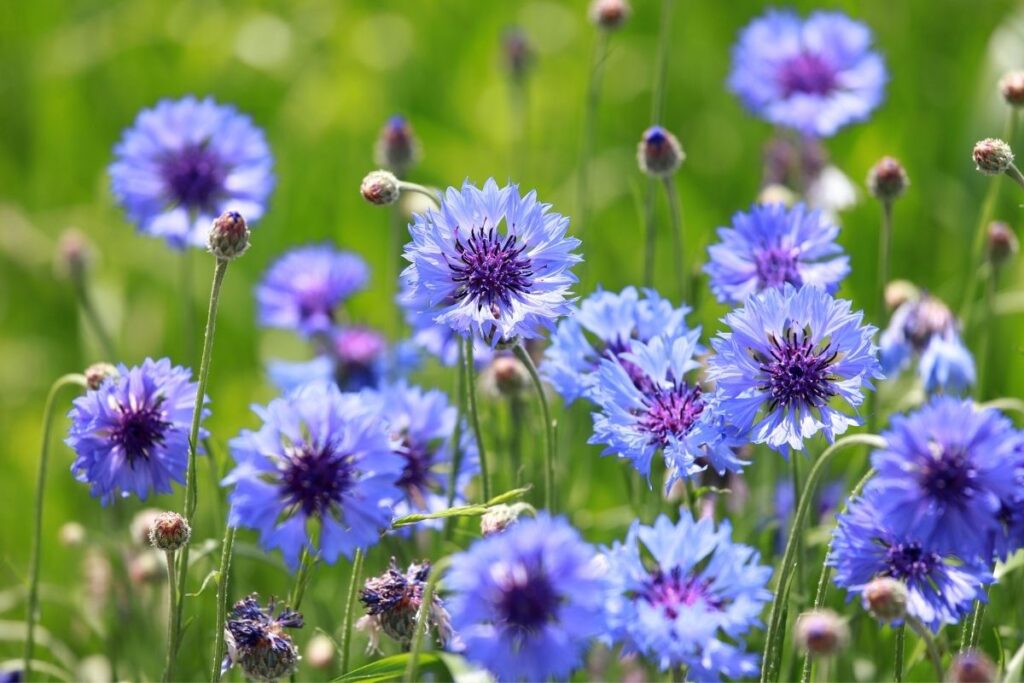
3. Edelweiss (Leontopodium Nivale)
If you’ve ever watched The Sound of Music, you might associate Edelweiss with Austria thanks to the famous song. However, Edelweiss is also native to Germany – unsurprisingly, since Austria borders Germany. Edelweiss grows in mountainous regions with high altitudes and rocky terrain.
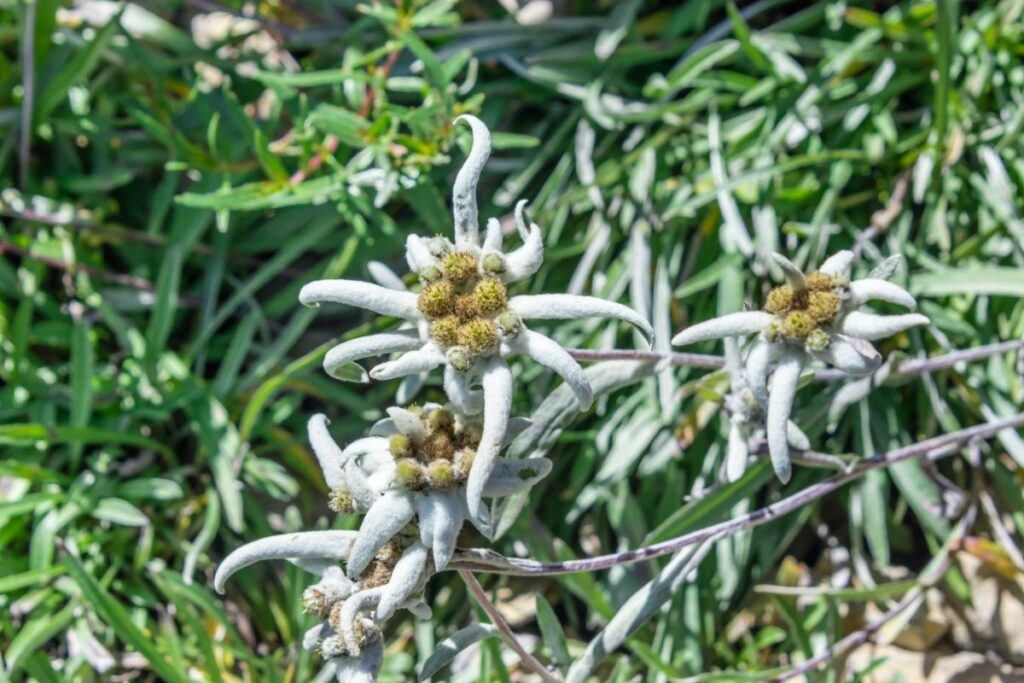
4. Houndstongue (Cynoglossum Officinale)
Houndstongue is a lesser-known flowering plant that is native to Germany as well as other areas of Eurasia. It’s also known as Dog’s Tongue and Houndstooth. This plant’s purple and red flowers might be lovely to look at, but unfortunately, they are very toxic.
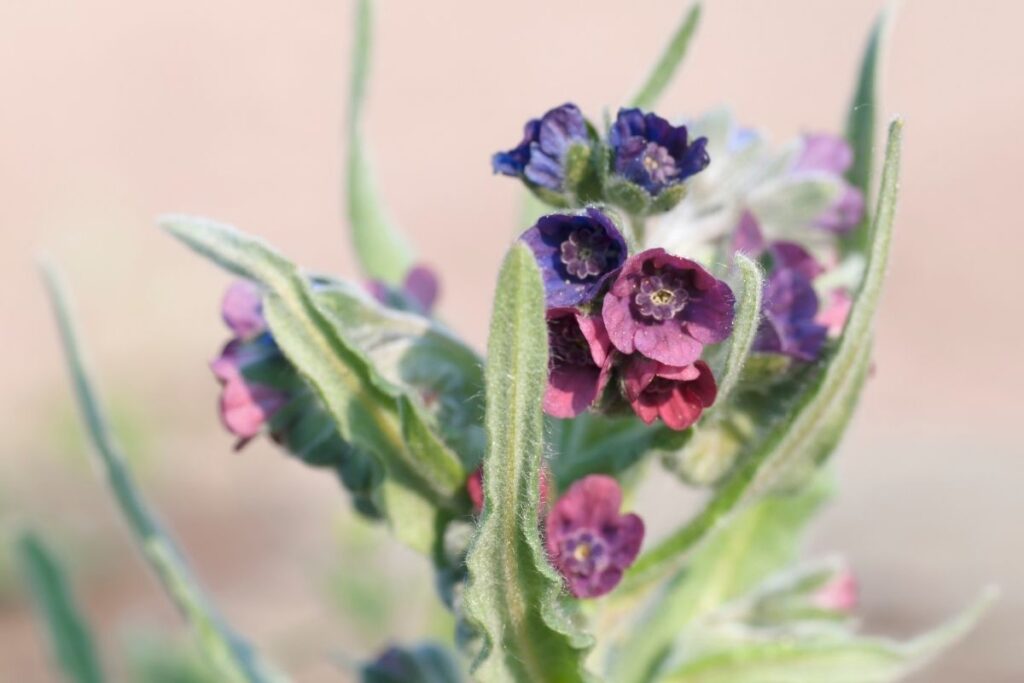
5. Greenspire (Tilia Cordata)
Greenspire is another flower you may not have heard of before. Technically, Greenspire is a type of tree, but it produces pale yellow, sweet-smelling flowers in the summer months. The foliage, meanwhile, is a deep green color with a glossy texture.
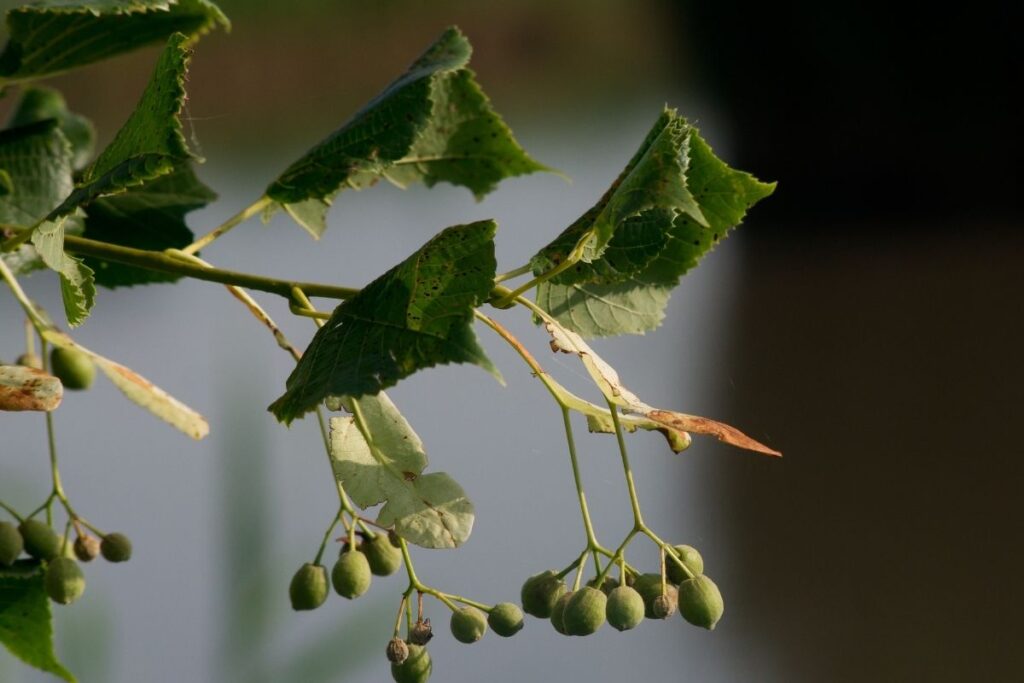
6. Common Bugloss (Anchusa Officinalis)
Common Bugloss is also called Alkanet, and this pretty blue flower can survive in surprisingly tough environments. Its preferred growing environments include waste grounds and patches of grass at the side of the road. The flower can be found in these areas all over Germany.
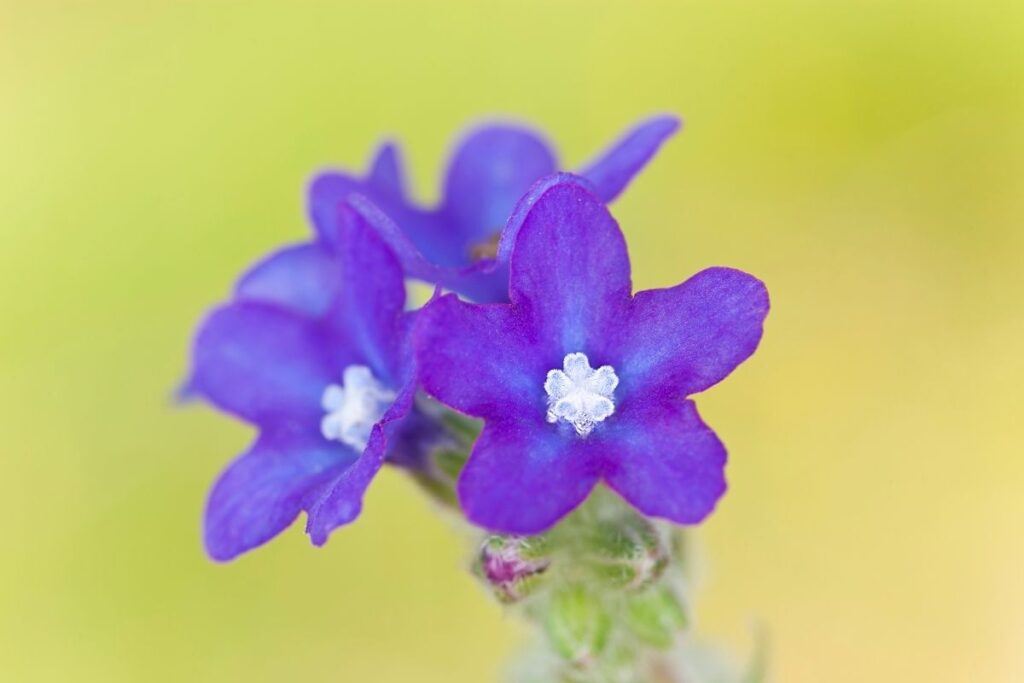
7. Forget Me Not (Myosotis Sylvatica)
Germany is also one of the native homes of the Forget Me Not. This flower can be difficult to spot because it is quite small, growing up to a maximum of 5 inches tall. Many people consider Forget Me Nots to be weeds because they often grow amongst crops.
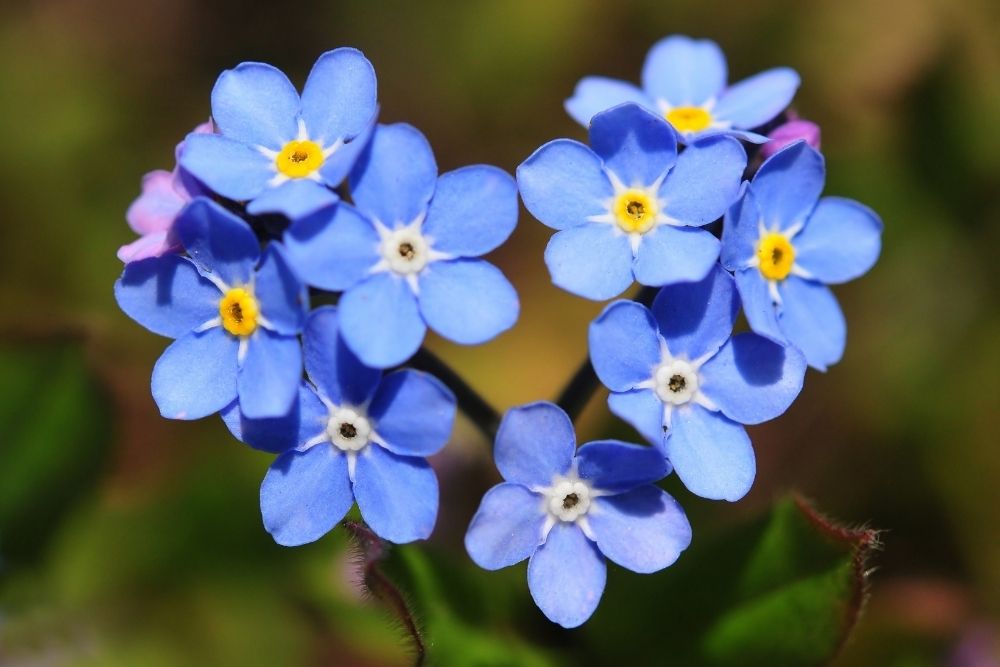
8. Lily Of The Valley (Convallaria Majalis)
Our final native German flower is Lily of the Valley. This white flower is bell-shaped with scalloped edges, so it looks very appealing. Unfortunately, this flower does need to be kept away from animals and children because it is toxic if ingested.

9. Common Flowers In Germany
That’s all in terms of native German flowers, but that doesn’t mean you can’t find plenty of other flowers thriving all over the country. In fact, despite only having a handful of native flowers to its name, Germany is home to dozens of other abundant flower species.
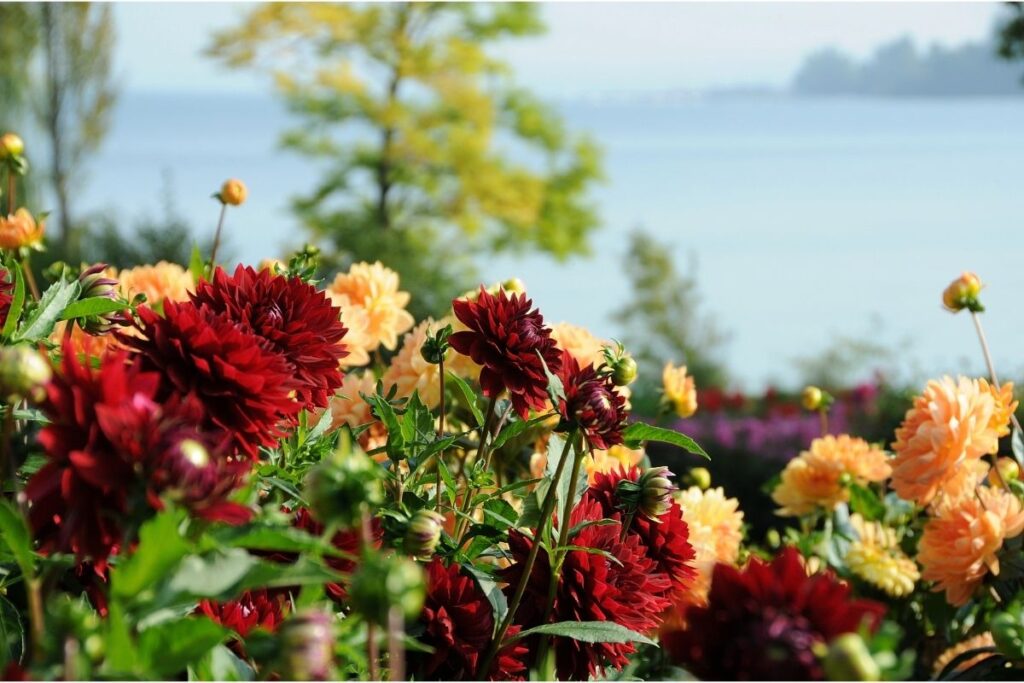
10. Carnation (Dianthus Caryophyllus)
The Carnation can be found in many countries across the world, but it is present in huge numbers across Germany. Carnations come in so many different colors, from bright yellow to deep red, and some have petals with different-colored edges.
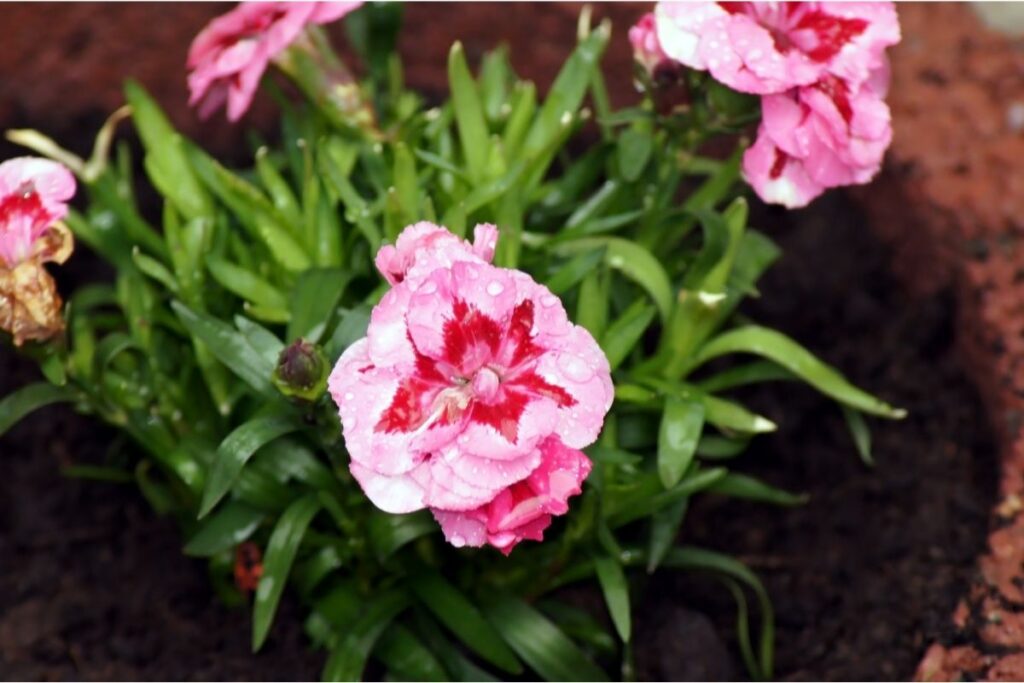
11. Begonia (Begonia)
Begonias are perennial flowering plants that are abundant in Germany although they are native to tropical climates. Because Germany is on the colder side, Begonias are often grown as houseplants indoors.

12. Dahlia (Dahlia Pinnata)
Dahlia pinnata is a type of tuberous, perennial flower that is often described as bushy due to the way the petals are arranged in a ball-like shape. Originally native to Central America and Mexico, Dahlias can now be found in Germany and other European countries.
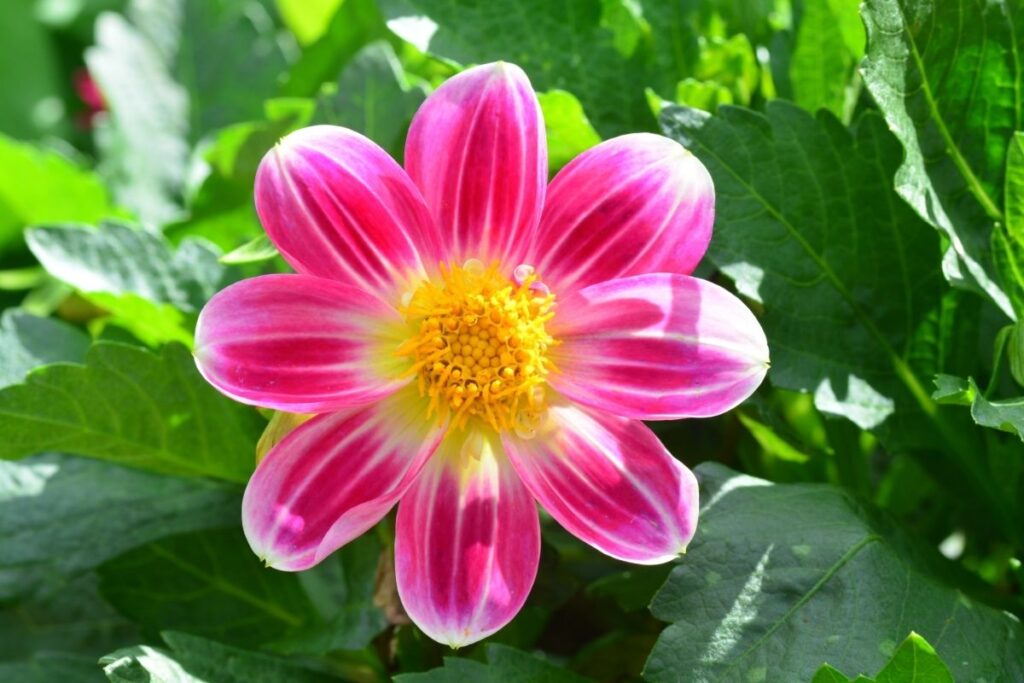
13. Aster (Aster)
Aster flowers range from pale purple to blue in color and have contrasting yellow centers that make them a lovely sight. It is one of 170 species within the Asteraceae family.
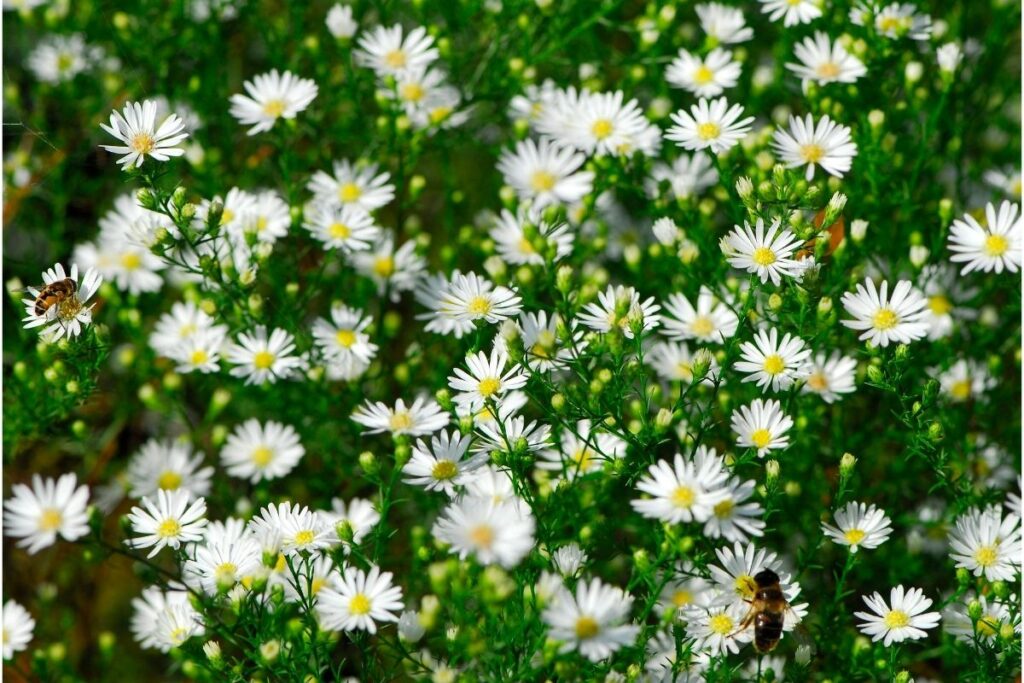
14. Lavender (Lavandula Angustifolia)
Lavender is a popular flower in many regions of the world due to its soothing scent and various uses. Germany is one of the many countries that actively cultivate lavender.

15. Daffodil (Narcissus Pseudonarcissus)
The Daffodil is by no means restricted to Germany, but being native to Northern Europe, it’s hardly surprising that this bright yellow flower can be found dotted across gardens and fields in Germany. Daffodils are hardy flowers that can grow in partial shade or full sun.

16. Crocus (Crocus Sativus)
Crocuses are part of the Iris family (Iridaceae), and while they usually bloom at the beginning of spring, you can also sometimes see them flowering in late winter. Their hardiness means that they can easily grow during the colder months in Germany.

17. Anemone (Anemone Coronaria)
You might think of anemones as strange-looking plants that grow under the sea, but Anemone coronaria is a flower species that grows on land, including in Germany. The flowers can be purple, pink, blue, white, or red.
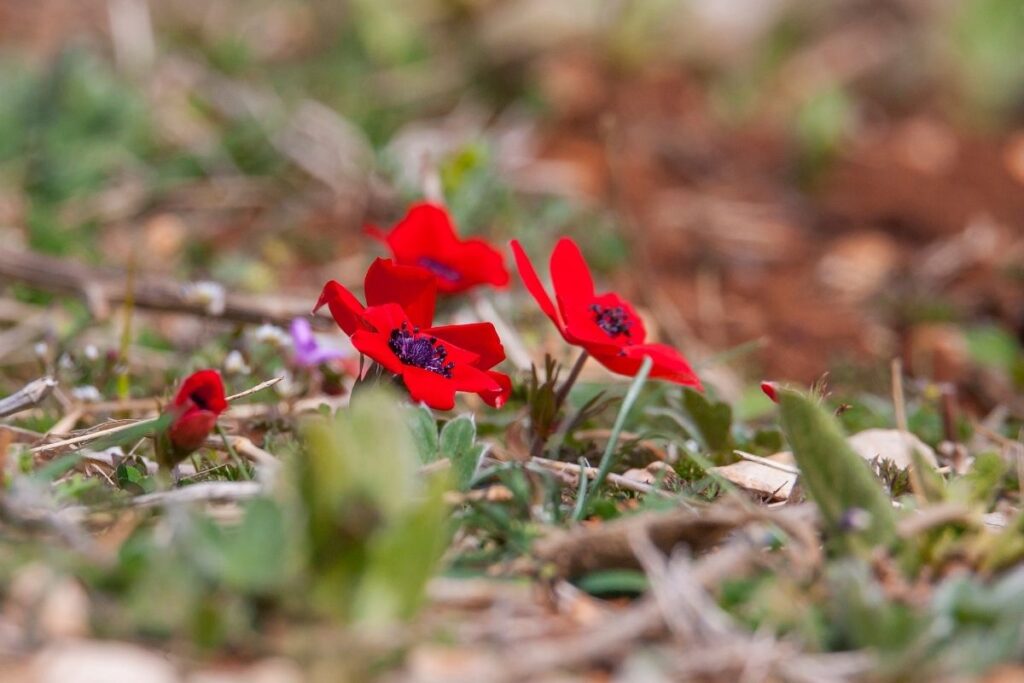
18. Daisy (Bellis Perennis)
Daisies grow in so many different countries that you can find them almost anywhere apart from Antarctica. That includes Germany, where daisies thrive during both the colder and warmer months of the year.
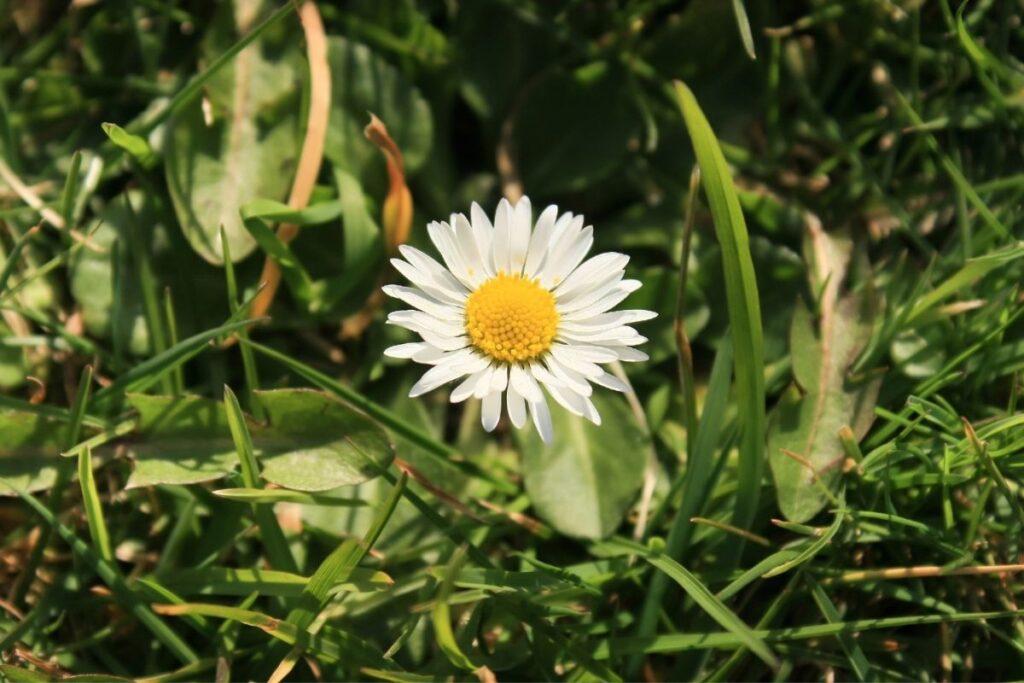
19. Amaryllis (Amaryllis Belladonna)
Amaryllis grows from a bulb and can be grown both outdoors and indoors. Despite being native to South Africa, Amaryllis flowers have become a common and colorful sight in Germany.
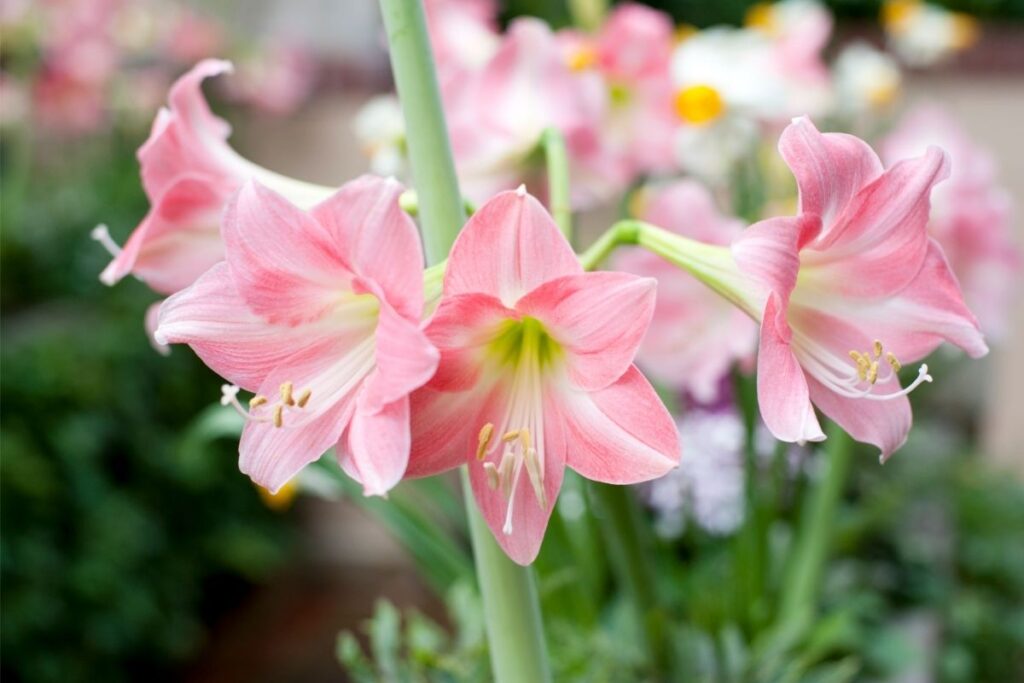
20. Sunflower (Helianthus Annuus)
Sunflowers are always a beautiful sight, but if you want to be truly blown away, we recommend visiting some of Germany’s expansive sunflower fields, where this sun-facing, annual flower (or herb, technically) is cultivated.
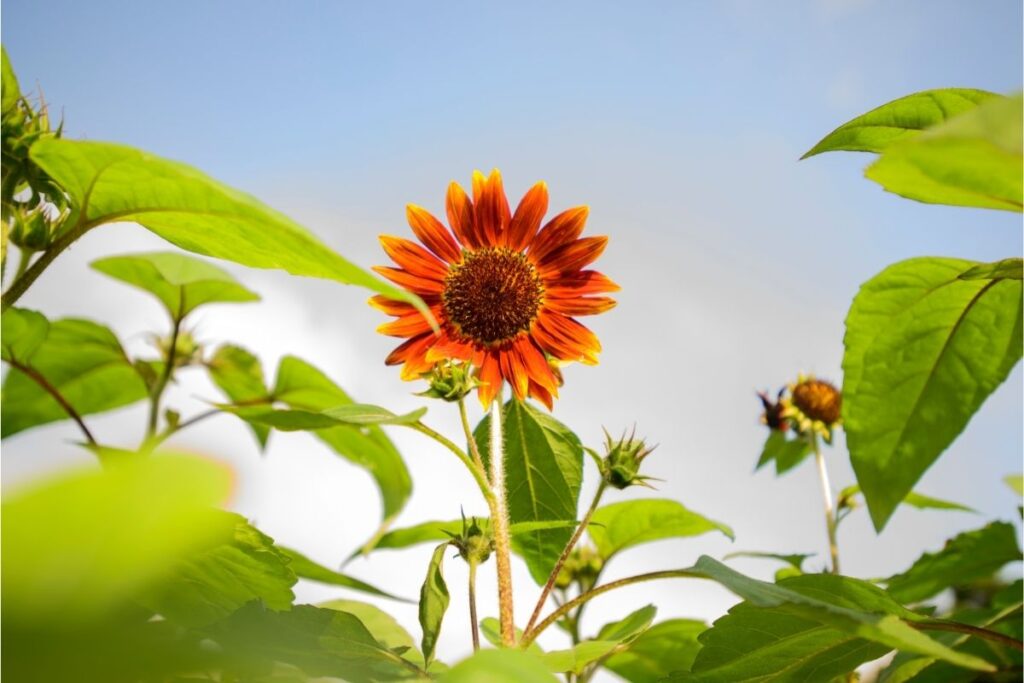
21. Rose (Rosa)
There are so many different species of rose across dozens of countries, but various rose species grow abundantly in Germany specifically. Germany is home to shrub, bush, and climbing roses in various colors.
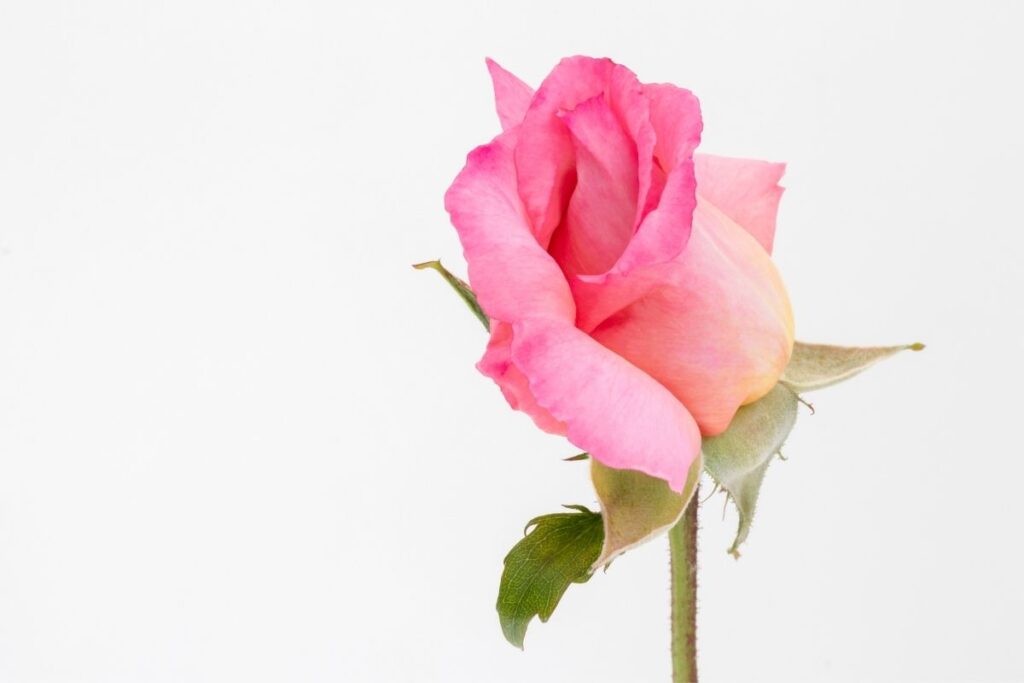
22. Poppy (Papaver Somniferum)
Sadly, the Poppy is a flower that is declining in numbers due to agricultural interference. However, you can still find plenty of these bright, multipurpose flowers in Germany as well as other countries in Central and Western Europe.

23. Zinnia (Zinnia Elegans)
Zinnia is one of the most vibrant flower species you can find in Germany. Zinnia flowers come in a range of colors spanning the color spectrum from white and yellow to dark purple and red. Fun fact: Zinnia is actually part of the sunflower family!
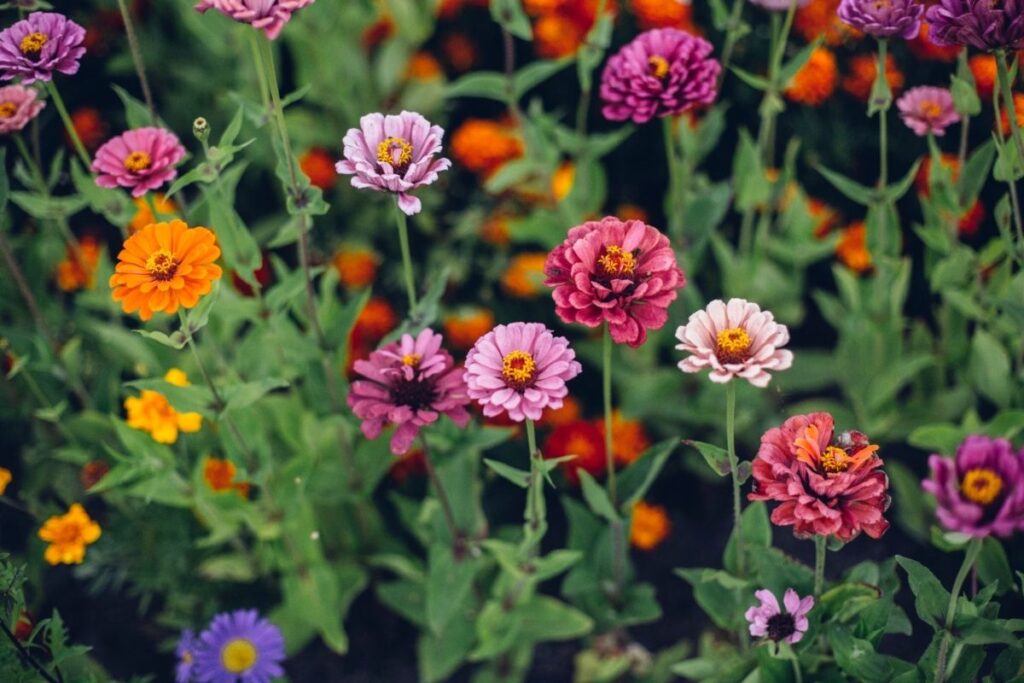
24. Snowdrop (Galanthus Nivalis)
Snowdrops, as their name implies, are known for flowering in winter and being able to tolerate cold environments. Therefore, these hardy flowers often mark the transition from cold German winters into spring.
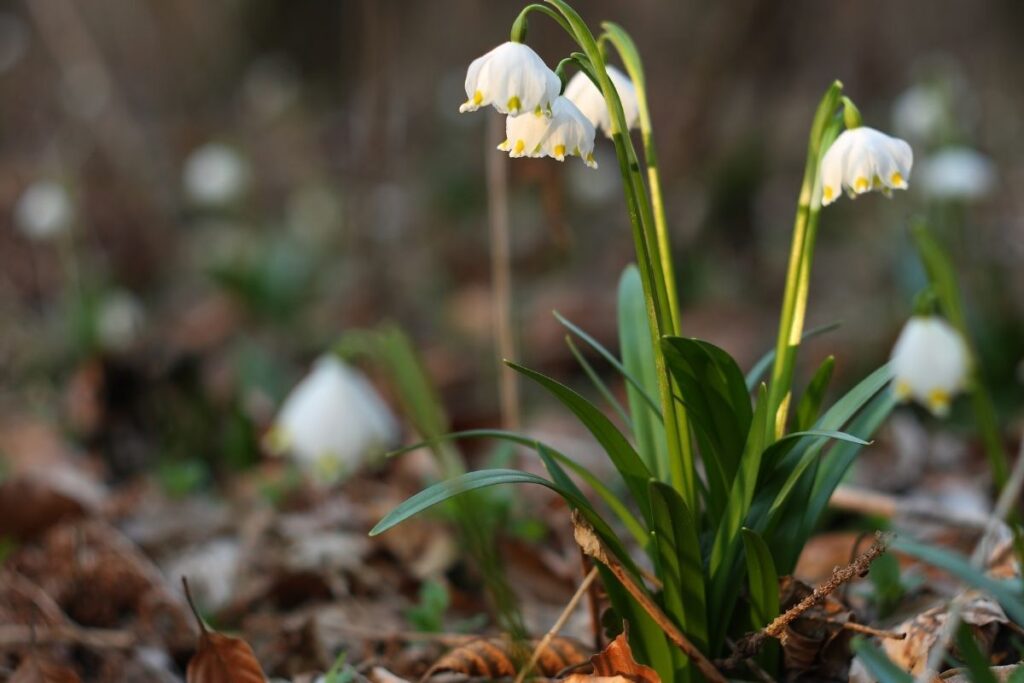
25. Petunia (Petunia X Atkinsiana)
Petunias are versatile flowers that can be grown either annually or perennially. Ranging from bright red to white in color, petunias are some of the most popular flowers for gardens in Europe, and Germany is no exception.
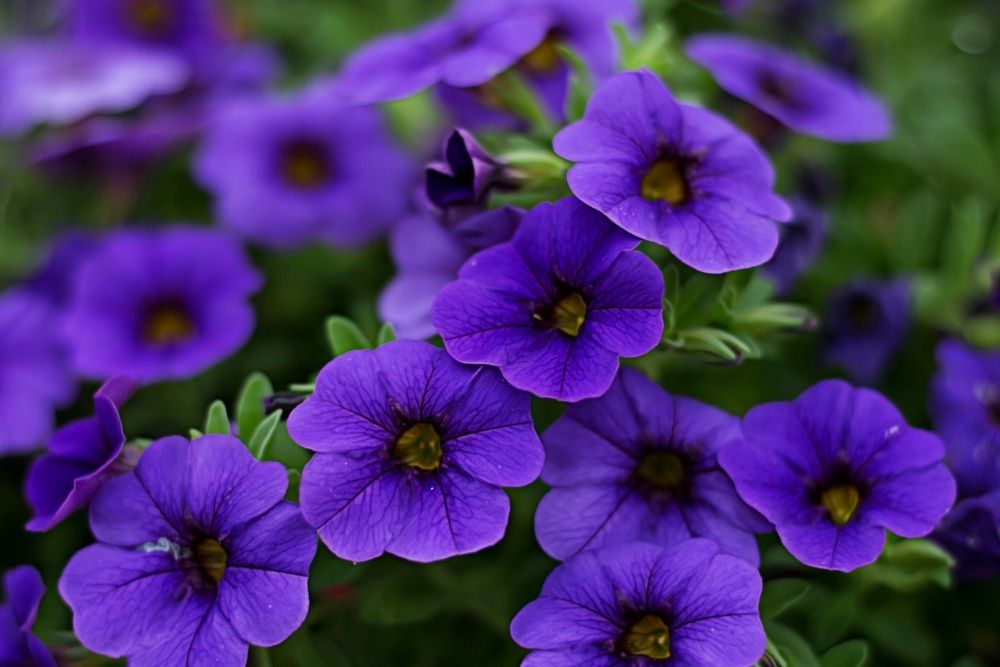
26. Violet (Viola Odorata)
There are over 500 different species of violet in the world, and many of them, including the most common, Viola odorata or ‘sweet violet’. While violets are more common in the Northern Hemisphere, some can also be found in warmer climates like Australia.
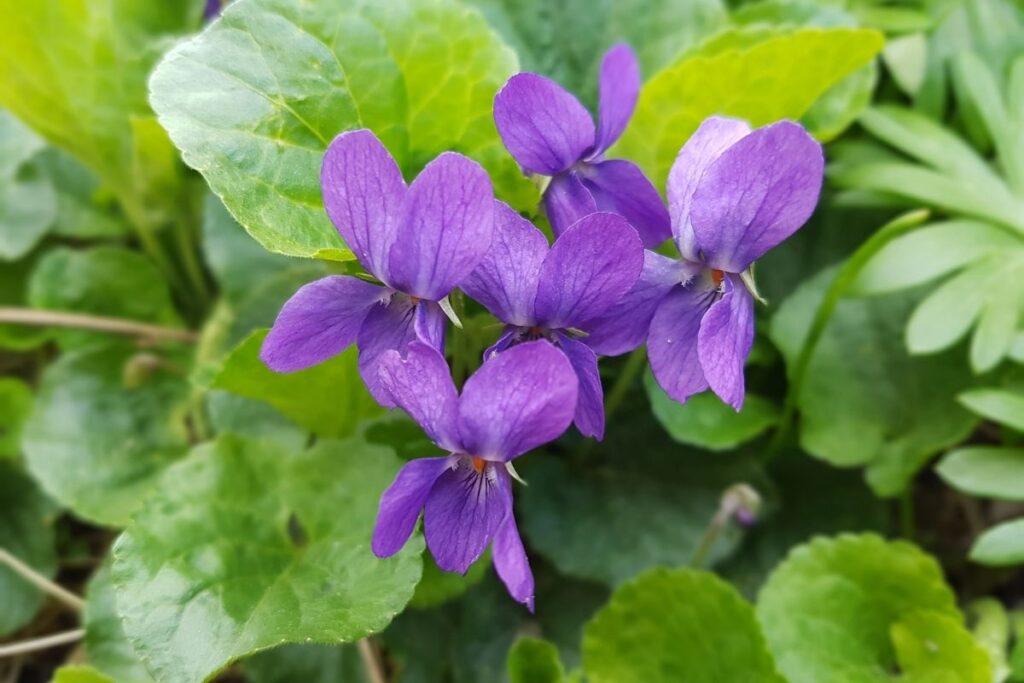
27. Peony (Paeonia Lactiflora)
The Peony is a gorgeous flower. Usually light pink, peonies somewhat resemble roses, with delicate, layered petals. Peonies bloom between May and July.

28. Lilac (Syringa Vulgaris)
Lilacs are beautiful, pale purple flowers (hence the correlation between the color and flower name) that grow in Germany and are native to the Balkan Peninsula, which is part of Southeastern Europe.
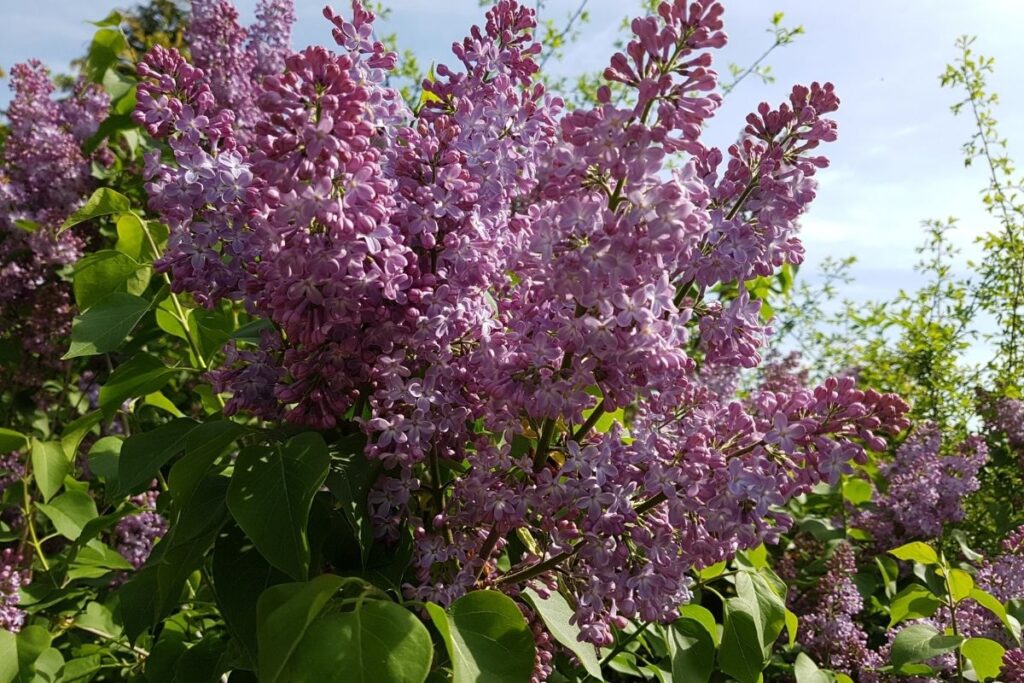
28. Hibiscus (Hibiscus Rosa-Sinensis)
Hibiscus flowers come in blue, yellow, pink, white, and red. They are native to tropical countries but have been introduced to Germany and other areas of Europe. Hibiscus even has some health benefits for humans.
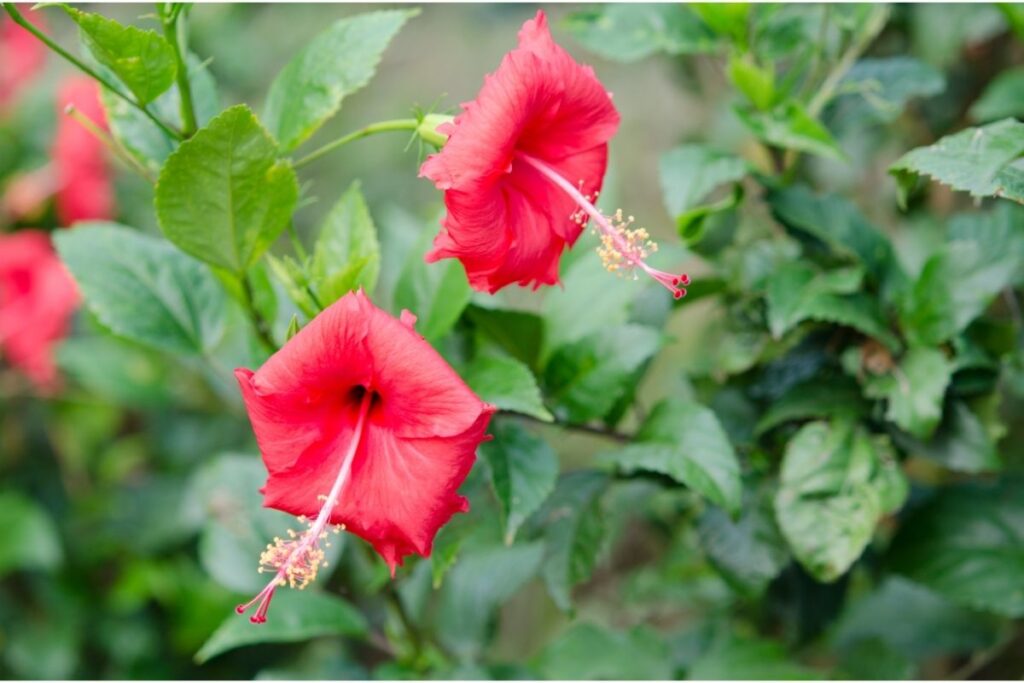
29. Geranium (Pelargonium X Hortorum)
Geraniums are commonly found in gardens, mostly in temperate regions. They’re popular in Germany, but some of the 422 Geranium species can also be found in countries in the Mediterranean and mountainous regions in the tropics.
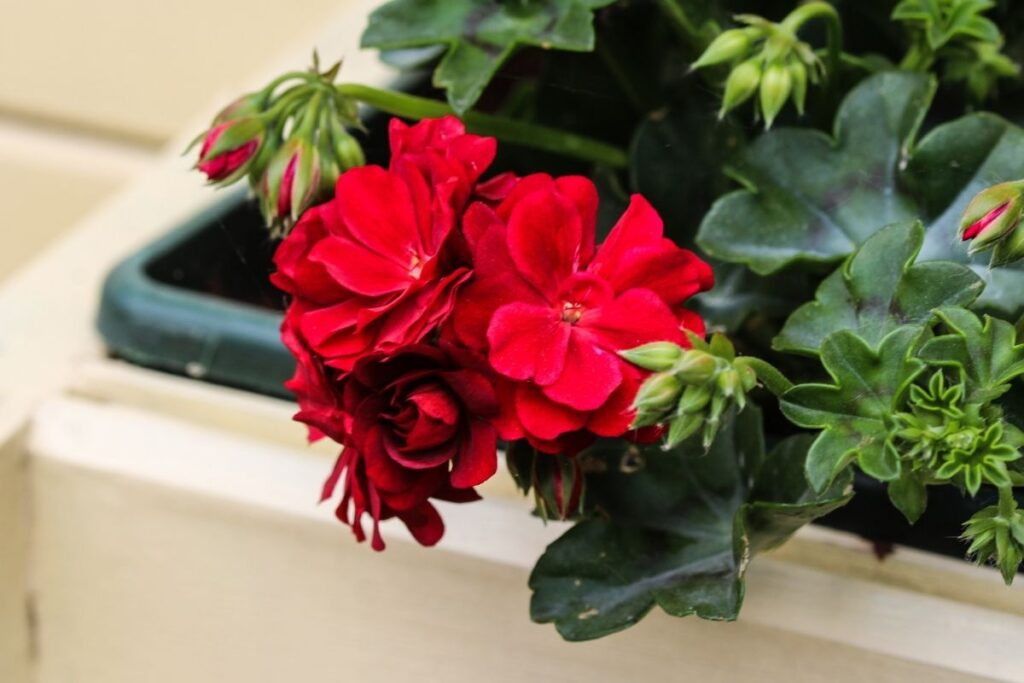
30. Baby’s Breath (Gypsophila Paniculata)
Baby’s Breath is an adorably-named flower with little pink and white flowers that almost look like tiny cherry blossoms. In Germany and elsewhere, Baby’s Breath blooms between summer and fall because it grows best in full sun.
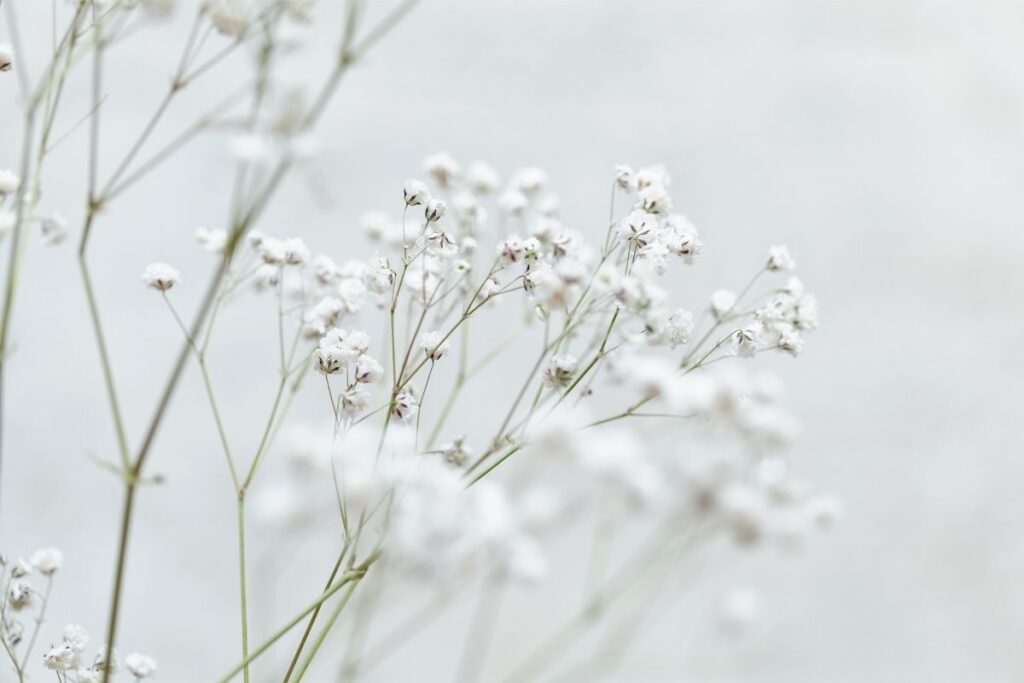
Final Thoughts
There are only about 8 flower species that grow natively in Germany, but there are dozens of others that have been introduced to the country and now grow plentifully.
From the national flower of Germany (the cornflower) to natively tropical flowers like begonias, you can find plenty of beautiful blooms in this area of Western Europe.
Editor’s Recommendation
26 Stunning English Flowers (With Pictures)







